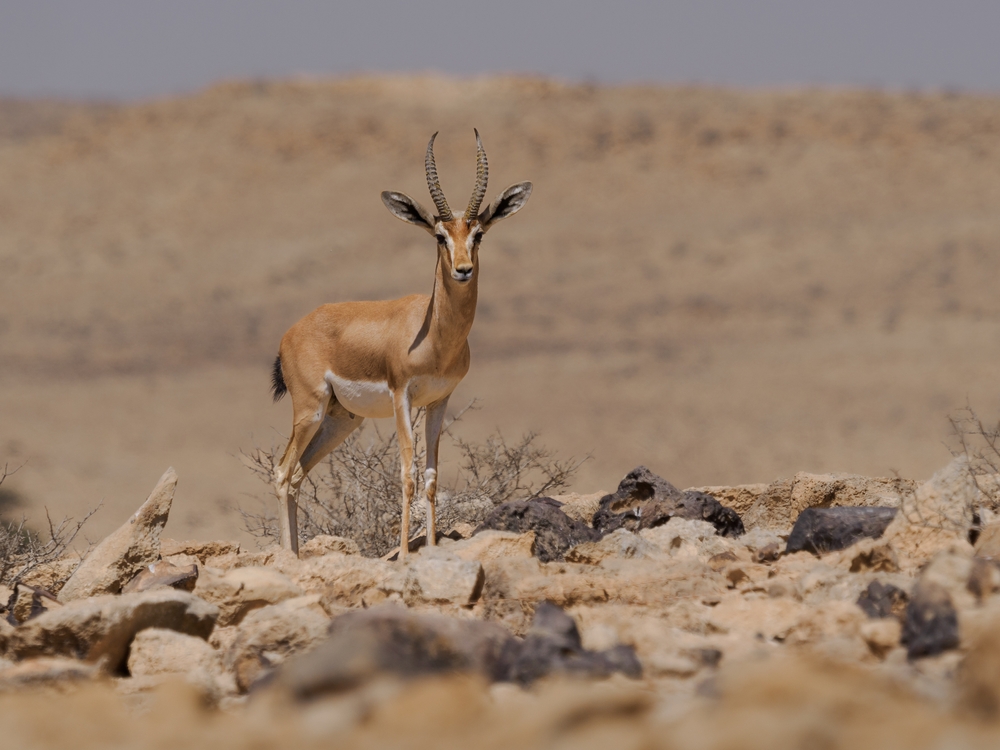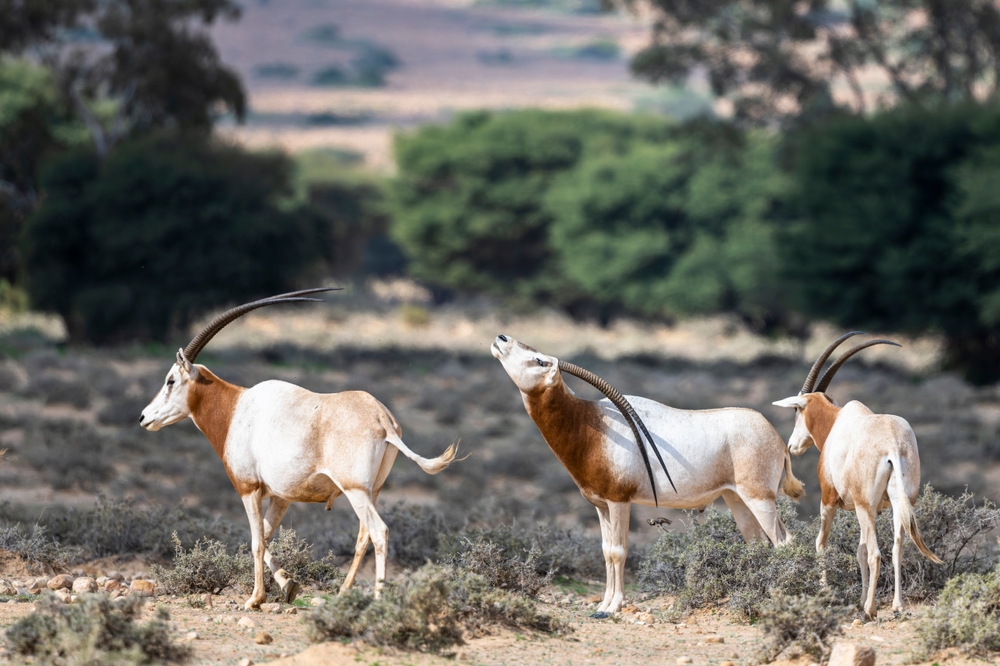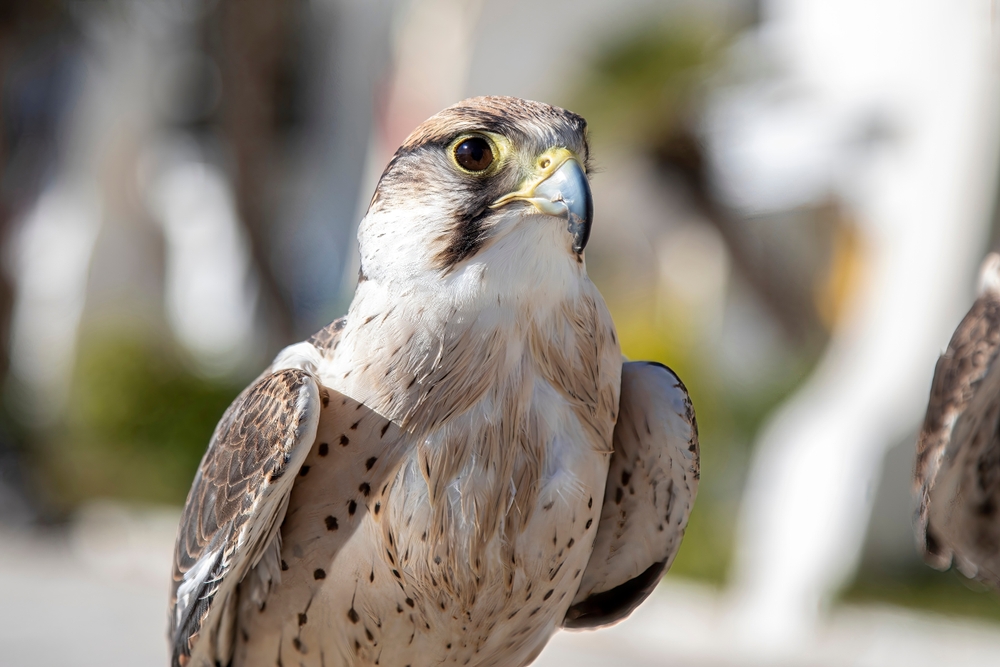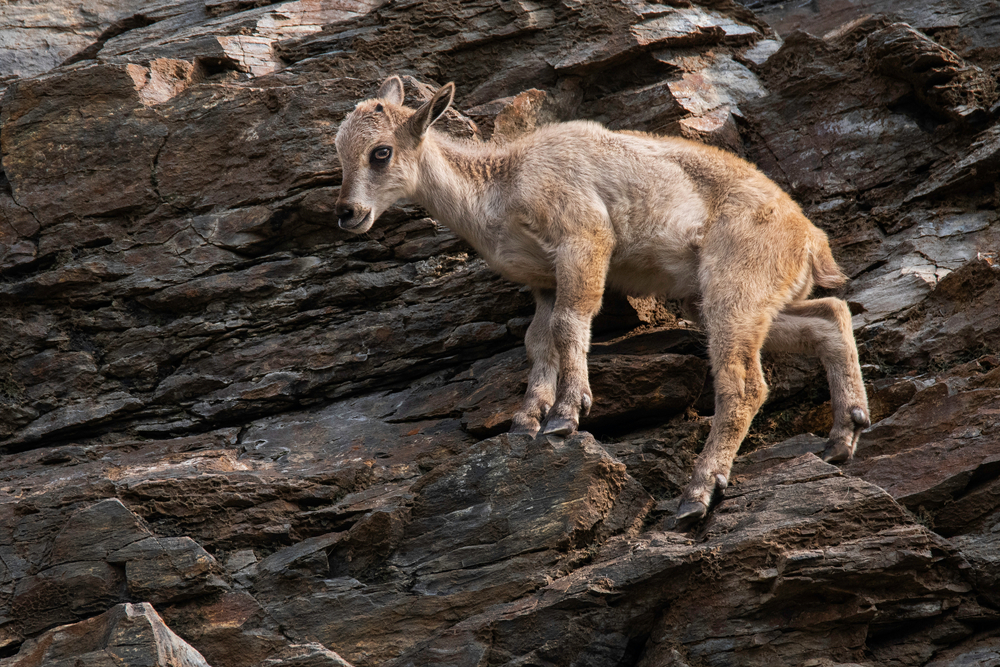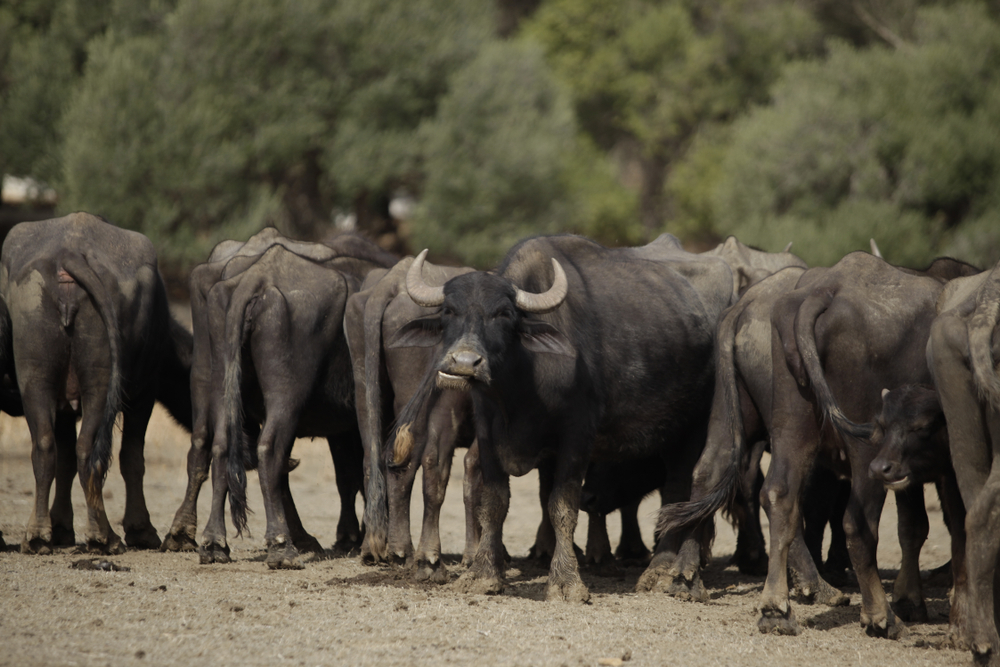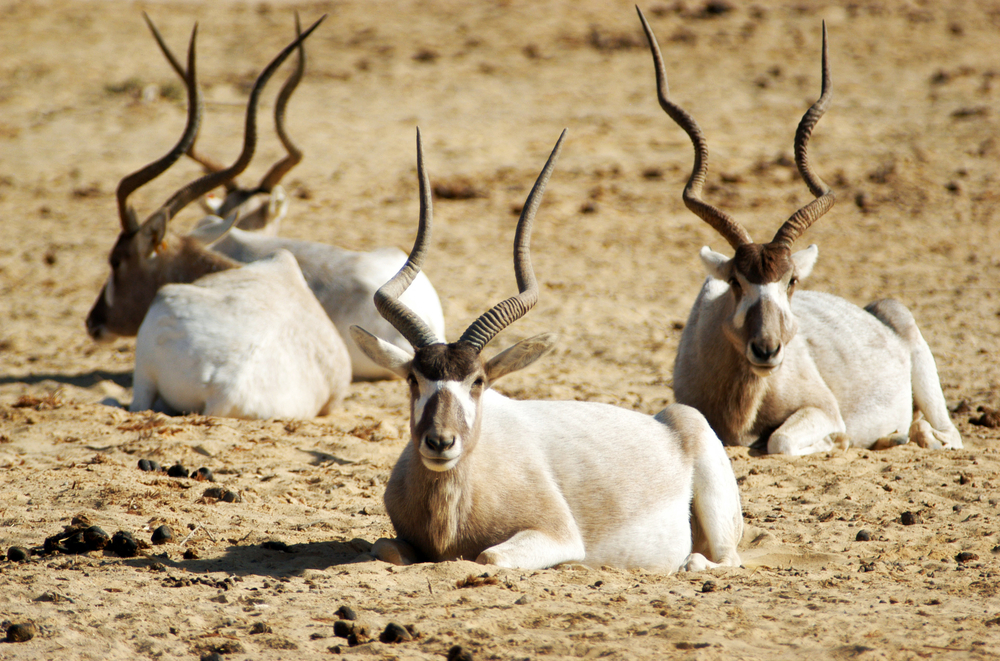Sidi Toui Overview
Sidi Toui National Park, locally known as Parc National de Sidi Toui, is a captivating protected area located in southeastern Tunisia, near the Libyan border. Established in 1993 and encompassing approximately 6,315 hectares (24 square miles), the park is named after the small mountain, Jebel Sidi Toui, which serves as its focal point. The park is a beacon of conservation in Tunisia’s arid regions, showcasing the delicate balance of life that thrives in harsh desert conditions.
The landscape of Sidi Toui National Park is dominated by the rocky slopes of Jebel Sidi Toui, which rises to an elevation of approximately 172 meters (564 feet). Surrounding the mountain are expansive plains, dotted with hardy vegetation that provides a stark yet beautiful contrast to the arid environment. The park lacks permanent rivers or waterfalls but features seasonal wadis that bring bursts of life during rare rains.
Sidi Toui is renowned for its diverse wildlife, which has adapted to the extreme conditions of the region. Among its most notable inhabitants is the Dorcas gazelle, a graceful species that symbolizes resilience in the face of limited water resources. Other mammals include red foxes, sand cats, and the elusive rüppell’s fox. Reptiles, such as desert monitors and spiny-tailed lizards, are also common, adding to the park’s ecological richness.
The birdlife in Sidi Toui is equally impressive, with species such as the houbara bustard, crested lark, and desert wheatear frequently spotted. The park is an important stopover for migratory birds, and its open plains offer an excellent opportunity for birdwatchers to observe these creatures in their natural habitat. Raptors like the golden eagle and long-legged buzzard are also occasional visitors to the area.
Flora in Sidi Toui National Park is sparse but vital, with species such as halophytes, acacias, and aromatic shrubs like thyme dotting the landscape. These plants are critical to the survival of the park’s wildlife, providing both food and shelter. Seasonal blooms, triggered by rare rains, transform parts of the park into a vibrant mosaic of colors, attracting pollinators and enhancing its natural beauty.
Sidi Toui National Park plays a vital role in conservation, particularly in the protection of endangered species like the Dorcas gazelle. The park’s establishment was a significant step in combating habitat loss and desertification in southeastern Tunisia. Active conservation measures include anti-poaching patrols, habitat restoration projects, and efforts to mitigate human-wildlife conflict. Educational programs and eco-tourism initiatives aim to foster a deeper appreciation for the region’s natural and cultural heritage.
Visitors to Sidi Toui National Park can enjoy a range of activities, including guided hikes, wildlife observation, and photography. The trails leading to Jebel Sidi Toui offer panoramic views of the surrounding plains and a chance to immerse oneself in the park’s serene and untamed beauty. The remote location ensures a tranquil experience, making it an ideal destination for those seeking solitude and a deeper connection with nature.
In summary, Sidi Toui National Park is a testament to the resilience of life in arid environments. Its unique landscapes, rare wildlife, and conservation efforts make it a jewel of Tunisia’s natural heritage.








































































